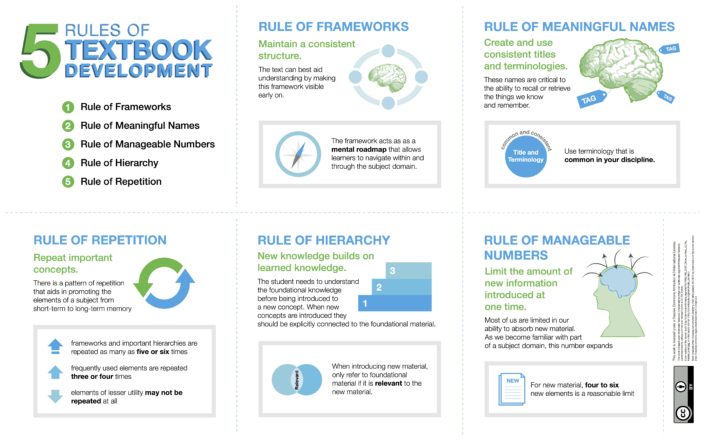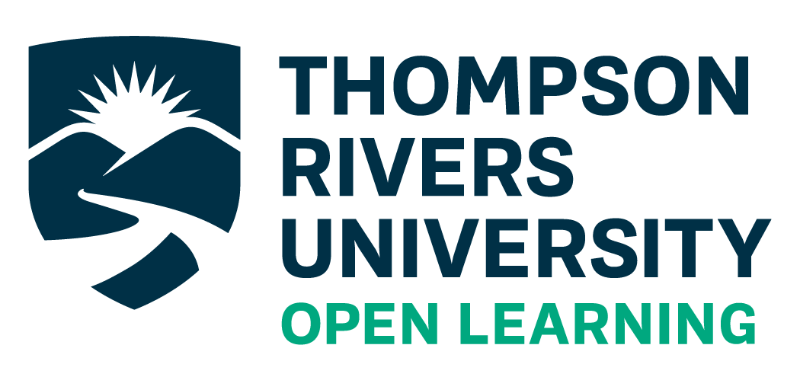- Consider your audience and what modalities they are using to view your content.
- Consider formatting and search engine optimization – SEO.
- Use clear, relevant, inclusive and plain language.
- Use engaging, dynamic content (images, H5P, videos, links).
With so many OERs being developed, the TRU Library has a Faculty Guide for Evaluating Open Education Resources that helps to assess the quality of a good OER. We want to use the same checklist to ensure that your own writing is high quality and so that others will also want to adopt or use your OER in their teaching:
- Accuracy
- Relevance
- Production Quality
- Accessibility
- Interactivity
- Licensing
Writing for online content is only a little different from writing for print. You’ll still want to consider your audience and write well-crafted content. However, you’ll want to consider the modality of your output as well; that is, how your book or Open Education Resource (final product) is formatted when it is exported and how it will be read. Gloria Ramirez <source!> has collected data on how students are viewing OERs and surprisingly, students are still printing pdfs. There are also those students that are reading on their tablets and cell phones. How will your content translate on those platforms?
Intentional Action
The content you create and share is done with purpose — quality content delivered to an engaged audience. The material you write should inform, invite, announce, and celebrate accomplishments. Your excitement about the topic should come through in the writing and will engage the reader to share your enthusiasm.
Style
- Don’t bury the lede. The audience should know what the topic is from the initial sentence and headline.
- The first sentence should draw in the reader and compel them to continue reading.
- Answer “So what?” in the first sentence and throughout the document.
- Each sentence should have a purpose. If it doesn’t add value to the article, cut it.
- Use clear, relevant language.
- Avoid clickbait. Lists are fine, as long as they don’t come across as forced. Avoid “You’ll never guess…,” “Guess what…,” “This will blow your mind…,” etc.

Resources
Adapted from Writing Guidelines for Style and Tone by BCcampus (n.d).
BCcampus. Create a style sheet. In Open education self-publishing guide. https://opentextbc.ca/selfpublishguide/chapter/style-sheet/
EBEATTIE (2014, June 10) . The 5 Rules of Textbook Development [online]. BCCampus. https://bccampus.ca/2014/06/10/the-5-rules-of-textbook-development/
